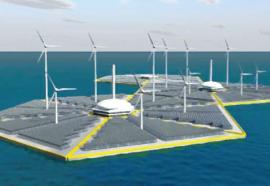Rethinking Prices
The changing architecture of demand response in America.
Pilot projects are demonstrating the potential of smart metering and smart rates to make the most of supply and demand resources. But as empirical studies show, not all pricing designs are equally suited to every region.











